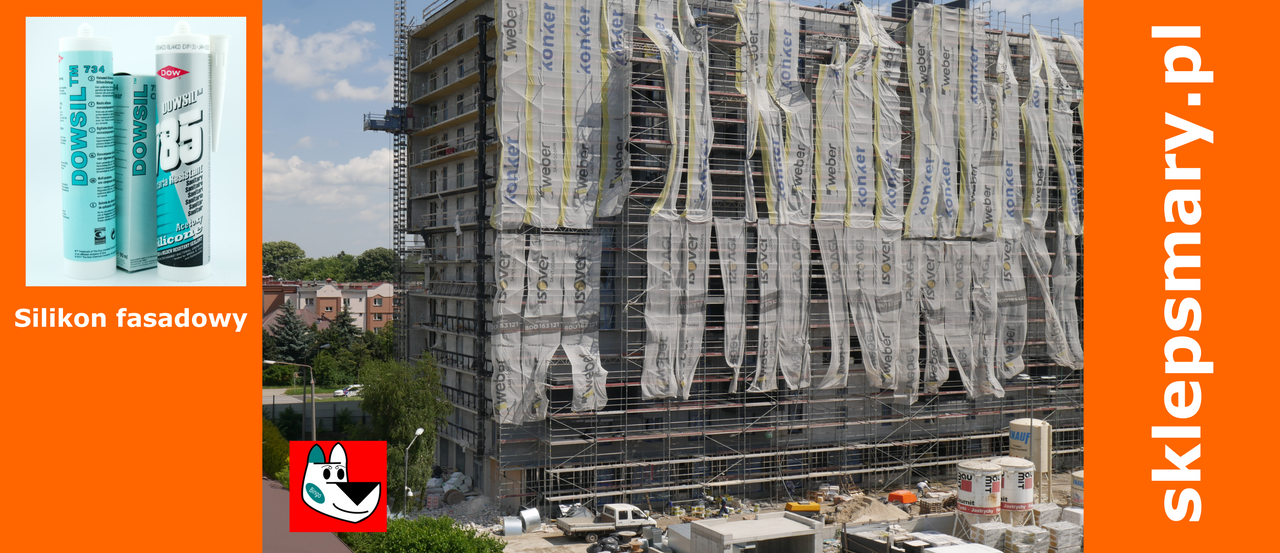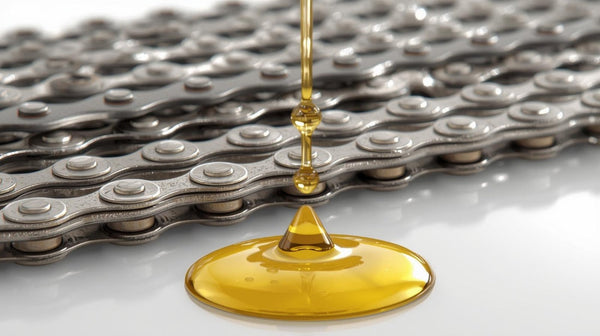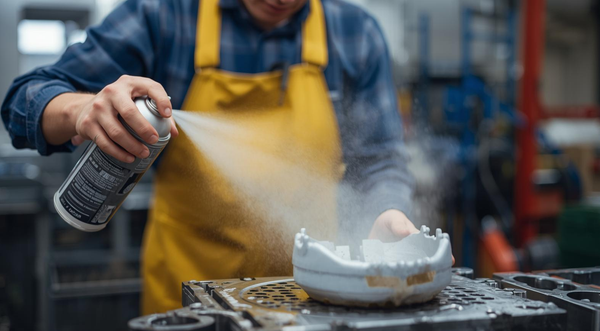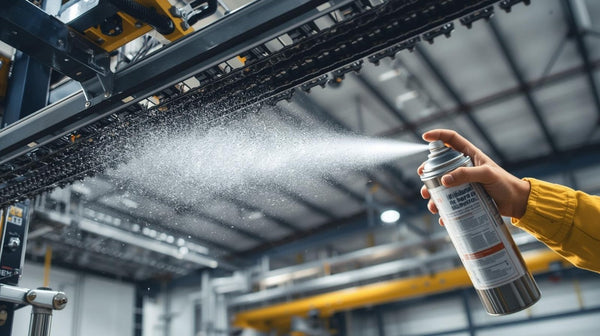Facade silicone
It is a specialized adhesive and sealing material used in construction for sealing and finishing building facades . It is a flexible silicone adhesive that is available in the form of a [ tube ] and applied with a [ silicone gun ] .
Here are some important features of facade silicone:

Flexibility : Facade silicone is a highly flexible material that can expand and contract with movements of the building structure caused by changes in temperature, providing durable and flexible connections.

Waterproof : It is resistant to water and rain, which makes it ideal for sealing places exposed to moisture, such as joints between facade elements, windows, doors and other structural details of a building.

Resistance to weather conditions : Facade silicone is resistant to weather conditions, UV radiation and pollution, thanks to which it maintains its properties and aesthetics for a long period of time.

Color durability : Facade silicone is available in various colors and is characterized by color durability, which means that it does not fade or lose intensity even after exposure to the sun and weather conditions.

Chemical Resistance : It is resistant to many different chemicals such as detergents, acids and alkalis, which makes it more durable and resistant to chemical damage.

Ease of application : Facade silicone is relatively easy to apply using a silicone gun. It can be precisely applied to facade surfaces and then smoothed to obtain an even and aesthetic finish.

Aesthetics:
Facade silicone is widely used for sealing and bonding various materials such as concrete, brick, wood, aluminum, glass and others . It provides not only functionality , but also an aesthetic finish to the facade, improving its appearance and durability.
Photo of facade silicone

What is facade silicone?
The facade of a building is the outer surface that forms its façade. The facade is a visible element of the building and has both an aesthetic and protective function. Finishing building facades is an important element both aesthetically and functionally. Appropriate finishing can give the building character, improve its thermal insulation and protect against weather conditions.
Here are some popular methods of finishing building facades:
+ Plaster +
They allow you to obtain many different textures depending on the size and amount of aggregate used
+ Cladding +
Claddings are boards or tiles installed on the surface of a facade to give it a modern or traditional look.
+ Facades made of ceramic tiles +
+ Composite panels +
Composite panels such as aluminum composite panels (ACP) or concrete composite panels (CPC).
+ Painting +
+ Other methods +
There are many other methods of finishing facades, such as architectural concrete, glass systems, laminated boards, mosaics or ventilated facades.

Each of these methods has its own unique features and visual effects.
When choosing the appropriate method of finishing facades, it is necessary to take into account both aesthetic and technical aspects, such as thermal insulation , durability , ease of maintenance and costs . It is also worth remembering the construction regulations and standards applicable in a given region.

Facade silicone is a type of specialized material used in construction to seal and finish building facades. It is a flexible and durable material that has many advantages in terms of external thermal insulation and aesthetic finishing of buildings.

Facade silicone is commonly used in construction to seal joints between various materials, such as concrete , brick , wood , aluminum or glass . It ensures not only functionality, but also the aesthetic appearance of the facade, thanks to the possibility of selecting a color corresponding to the design and aesthetic requirements of the finishing of building facades.

More about facade silicone [ link: Bonding of Ventilated Facades ]



















